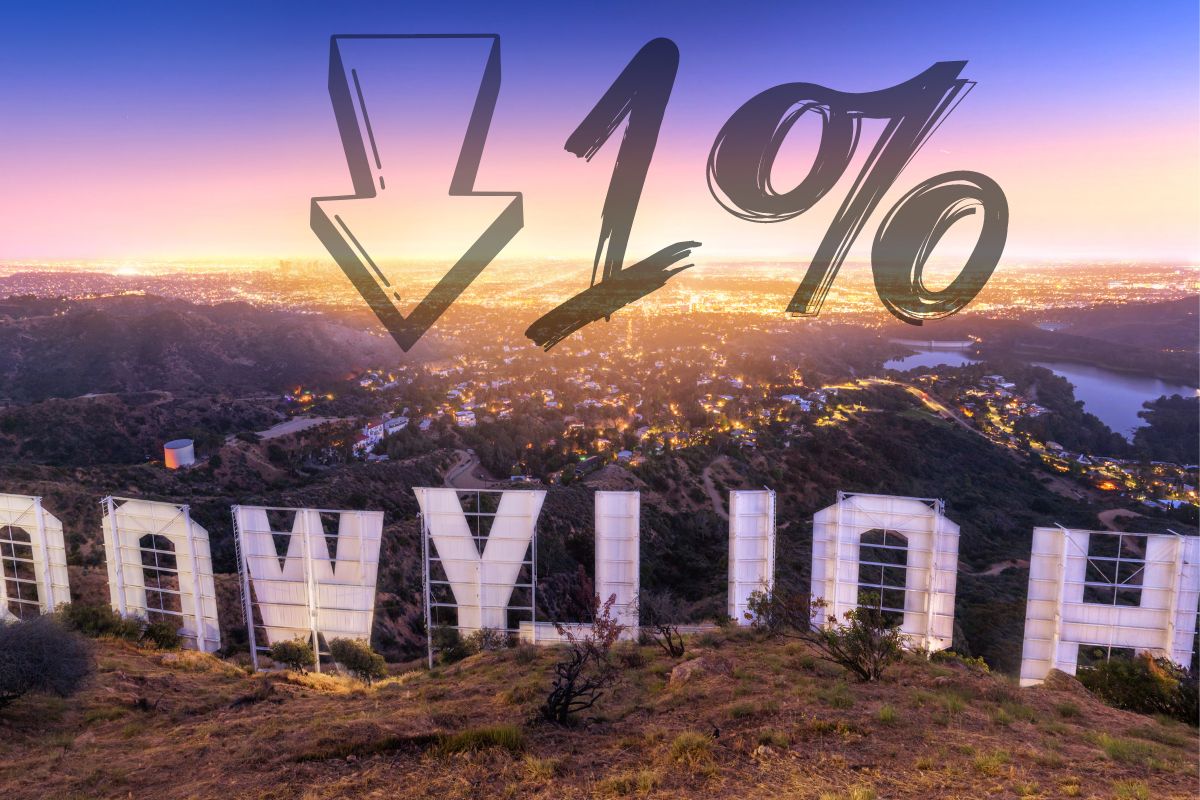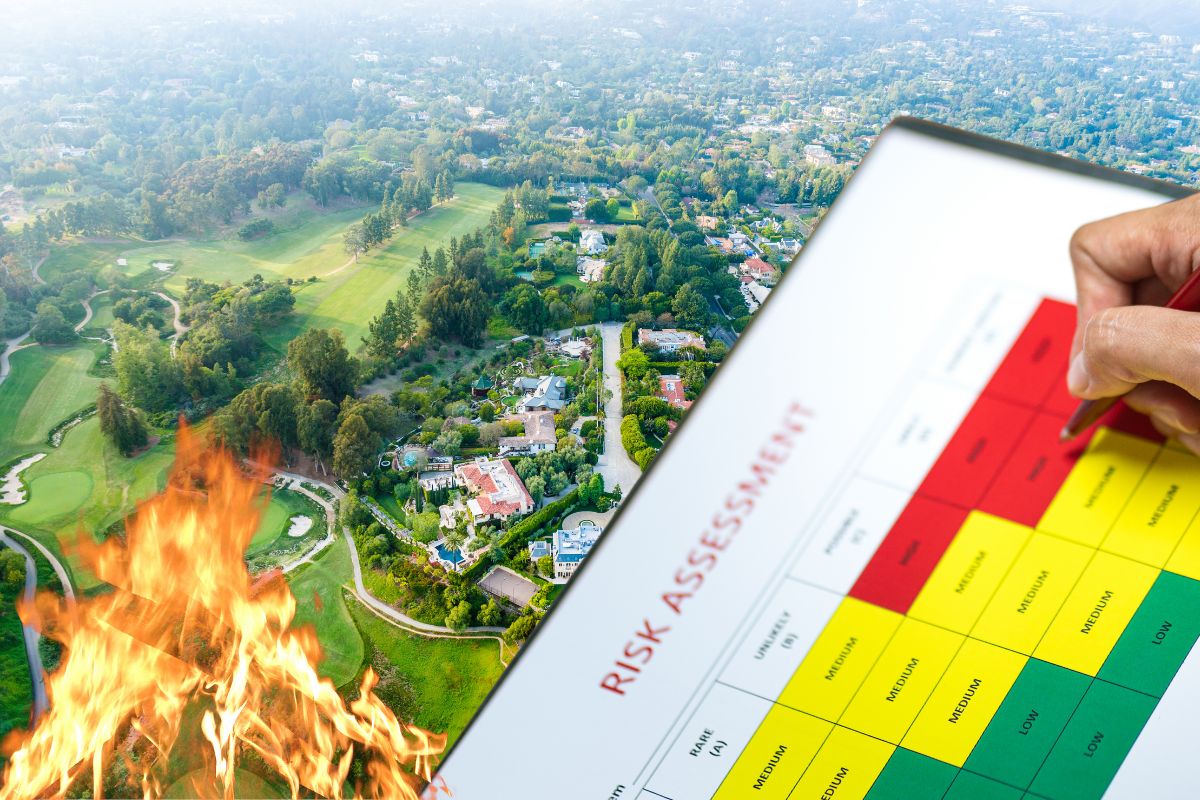In an announcement that may reshuffle the deck for homeowners’ insurance across California, industry giant State Farm revealed a strategic shift in their coverage plans, affecting thousands of property and commercial apartment policies in the state. With implications extending to the very nature of wildfire and earthquake risk management, this move by State Farm is poised to remove billions in risk from the company’s books.
Earthquake Aftermath Concerns Amplify Fire Risks in California
While earthquake policies in California are indeed underwritten through the state-run California Earthquake Authority, State Farm’s heightened concern lies in the subsequent fires that earthquakes can ignite. Given the state’s history and environmental conditions, earthquakes hold the potential to lead to devastating fires, compounding the risks that policy holders and insurance providers must manage.
Focus on High End and High Risk Zip Codes
Recent filings with the California Department of Insurance have shed light on where State Farm’s policy non-renewals will predominantly take place:
- Brentwood (90049): Approximately 61.5% of policies facing non-renewal.
- Bel Air: Non-renewal rate climbing to 67.4%.
- Pacific Palisades (90272): Facing a staggering non-renewal rate of 69.4%.
Crunching the numbers, these percentages translate into about 2927 homes in Brentwood, Bel Air, and Pacific Palisades. When examining the real estate market in these areas, homes frequently start at around $3 million. However, insurance calculations are based on the cost of rebuilding the structures, not the land – experts conclude you can safely estimate $1 to $1.5 million in dwelling coverage per home in these areas. This conservative estimate places over $4 billion of exposure about to be offloaded by State Farm from just these areas.
And it’s crucial to understand that these estimates are just for dwelling coverage. Personal property, loss of use, and other structures would incur significantly larger loss amounts if a fire were to ravage these areas. The comprehensive financial impact of such a disaster, taking into account all facets of homeowners’ insurance, could dramatically escalate the total cost beyond the initial projections for dwelling coverage alone.
Los Gatos (95033) Affects the Mix
Not limited to affluent neighborhoods near Los Angeles, the non-renewal wave hits Northern California too:
- Los Gatos (95033): A well-wooded area encountering a 65.2% non-renewal rate.
Other Zip Codes and Statewide Impact
While thousands of zip codes are touched by this non-renewal process, affecting a total of 859,013 policies, not all areas are impacted equally. In locations like the Hollywood Hills, Rolling Hills Estates, and Duarte, less than 1% of policies will see non-renewal.

KTLA reports that in March, State Farm General Insurance Company stated its intention to non-renew roughly 30,000 property insurance and 42,000 commercial apartment policies. The company has emphasized that the decision is a means to uphold “long-term sustainability,” motivated by factors including the financial health of State Farm General, as well as accumulated risks and reinsurance costs.
Not Cancellation, but Non-renewal
It’s critical to understand that non-renewal does not equate to cancellation. Current policyholders retain their coverage until the end of their respective terms, with notifications being sent out between July 3 and August 20.
State Farm’s decision will influence 2% of its entire portfolio in California, and it comes after “careful analysis,” according to a company statement. This is part of a rigorous effort to maintain financial solvency and the ability to meet claims effectively.
Reforming the Future of California’s Insurance
In the backdrop of these announcements lie the broader issues of insurability and regulatory reform. The looming changes in California’s insurance regulations proposed in February, slated to take effect by the end of the year, could pivot insurers away from relying on historical data towards catastrophe modeling when underwriting policies.
The hope is to lure insurers back to the state with reforms allowing a more precise alignment of insurance rates with the assessed risks. It’s a balancing act of financial prudence and consumer protection, writing the next chapter for California’s insurance landscape.
—
In this unfolding narrative, State Farm’s strategic reshuffling represents both a challenge and an opportunity for homeowners, policymakers, and the insurance industry alike. The move signals an era of adaptation. As California works to revamp its approach to insurance, the focus sharpens on risk assessment and management, reflecting a pivot towards understanding and planning for an uncertain future. For further research on areas impacted, you can find them here.


